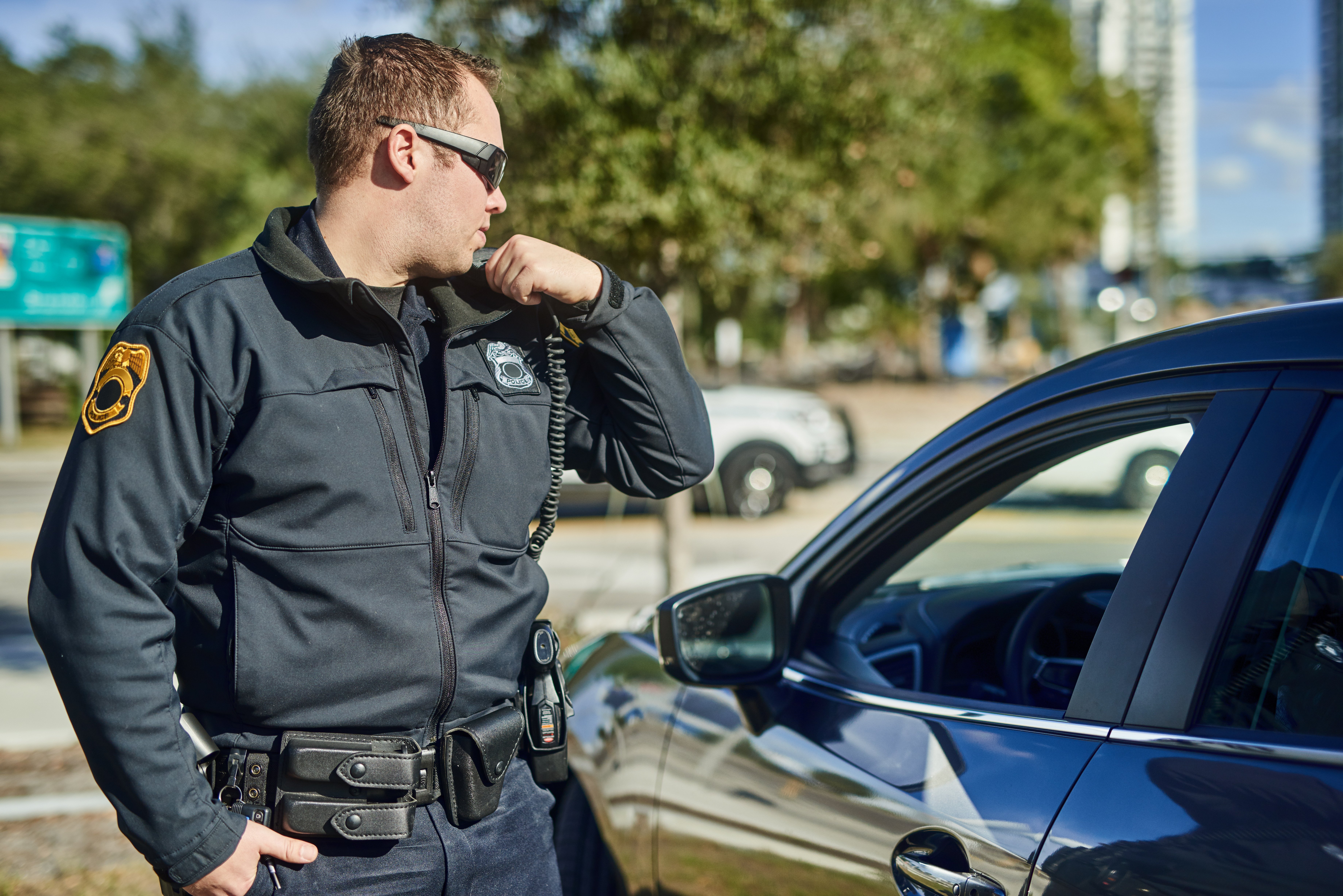In every emergency plan, recovery tends to come last, after prevention, preparation, and response. Yet recovery isn’t something that begins after tragedy; it starts with the way schools plan, train, and communicate every single day. When schools treat recovery as an afterthought, they miss the opportunity to prevent long-term harm and build true resilience.
When “Just a Joke” Sends the Wrong Message
A recent incident underscored how quickly poor judgment can ripple through a community. A group of educators wore shirts for Halloween that showcased violent imagery and the words “Problem Solved.” While some brushed it off as humor, the deeper concern is what it communicates in a school environment.
Minimizing or excusing harmful symbolism teaches the wrong lesson. Even unintended messages can normalize violence as a solution to problems. For students already struggling or feeling disconnected, these moments can reinforce dangerous thinking rather than model healthy conflict resolution.
Why Recovery Planning Can’t Wait
Recovery planning isn’t about what happens after an emergency. It’s about building systems that reduce trauma before one occurs. Schools that plan early for reunification, communication, and emotional support can respond faster and more compassionately when the unexpected happens.
The recovery timeline should be embedded in prevention and preparation. Every safety drill, every reunification plan, every training exercise should ask: How will this help us recover? Without that mindset, recovery becomes reactionary, and students, staff, and families are left waiting for stability that could have been built long before.
A Continuous Cycle of Learning
Safety isn’t linear; it’s cyclical. Each incident, whether a small disruption or a large-scale emergency, should feed lessons back into prevention, preparation, and response. After-action reviews and honest reflection ensure that recovery today strengthens readiness tomorrow.
When recovery is part of the entire safety cycle, schools move beyond compliance toward culture. It becomes a daily practice: listening, learning, and rebuilding trust before it’s tested.
Shared Obligation
Protecting students isn’t just a shared responsibility, it’s a shared obligation. Everyone in a school community plays a role in preventing harm and supporting recovery. From board members to teachers, from bus drivers to administrators, every choice contributes to a culture where safety and compassion outweigh complacency.






.png)





No Comments Yet
Let us know what you think